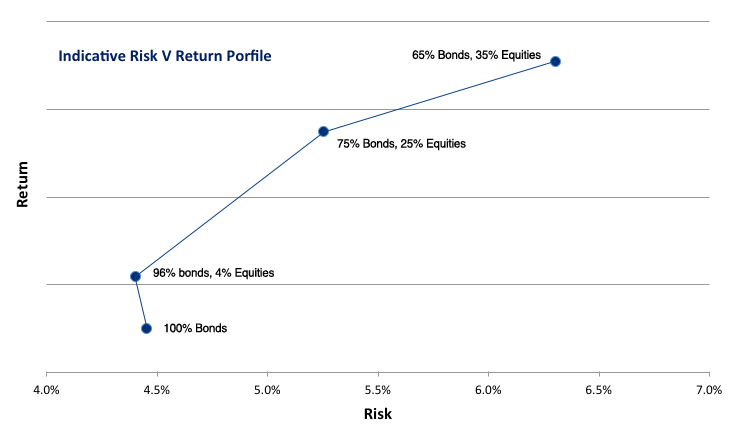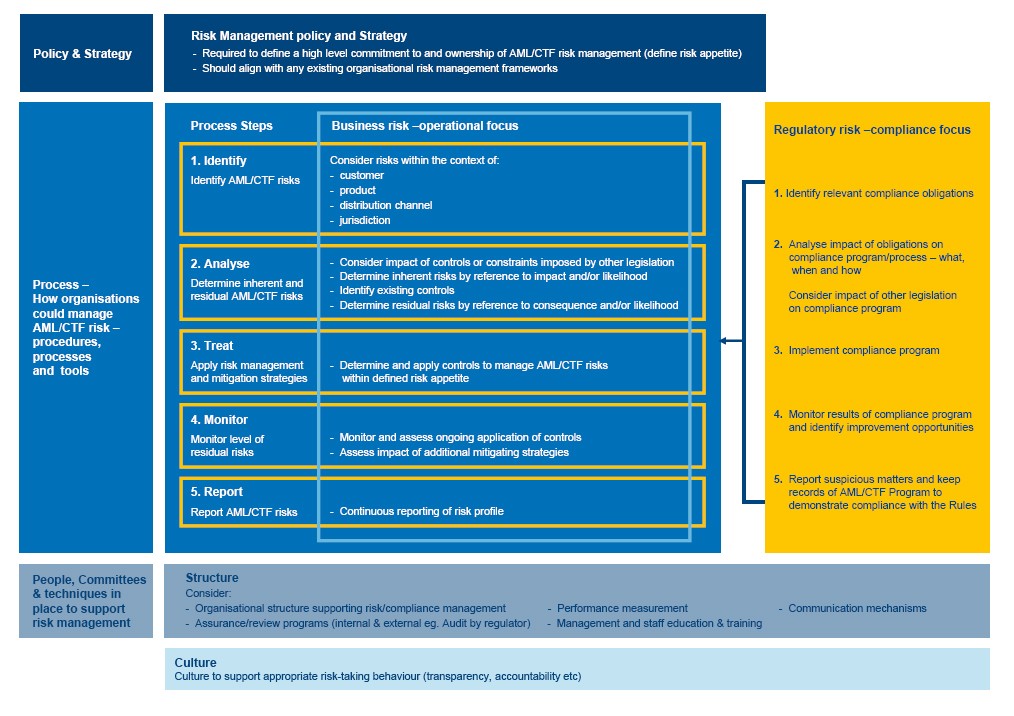Measuring & Managing Investment Risks
Post on: 16 Март, 2015 No Comment

Simple Calculations for Higher Risk-Adjusted Returns
You can opt-out at any time.
Global investors face a number of different risks to their portfolios, ranging from geopolitical conflicts to traditional risks associated with even domestic public companies. Effectively quantifying and managing these risks can help boost risk-adjusted returns. In this article, we’ll take a look at two different ways to measure and manage investment risks.
Measuring Risk with the Beta Coefficient
The most common risk measurement on Wall Street is the beta coefficient. By measuring a stock’s volatility relative to a benchmark index, investors can quickly determine their portfolio’s level of relative to that of the market. In fact, the popular Capital Asset Pricing Model (CAPM) suggests that the beta coefficient is the only relevant measure of stock market risk.
The beta coefficient measures two factors:
- The relative volatility of an asset’s returns compared to a benchmark index’s returns.
- The correlation of the asset’s returns to the benchmark index’s returns.
Here are the key beta coefficient levels to remember:
- Beta = 1.0 — The asset’s returns are at least as volatile as the benchmark index’s returns and the correlation between the two is positive.
- Beta > 1.0 — The asset’s returns are more volatile than the benchmark index’s returns and the correlation of the returns is positive.
- Beta < 1.0 — The asset’s returns are either less volatile than the benchmark index’s returns and/or the two simply have a low correlation.
- Beta = 0 — The asset’s returns are completely uncorrelated with the benchmark index and move independently of one another.
- Beta < 0 — The asset’s returns tend to move opposite of the benchmark index’s returns, with the absolute value being the lower limit to the relative volatility.

The most common index used for the calculation is the S&P 500. but international investors should choose indexes that more closely match their portfolios. For instance, investors holding the Brazilian oil company Petrobras may want to consider using the Bovespa’s index as a benchmark instead of a U.S. index like the S&P 500.
Managing Risk with the Kelly Criterion
Beta coefficients may provide an idea of risk, but they don’t really help with managing it. That’s where the Kelly Criterion comes into play. The formula used to determine the optimal size of an investment given a certain level of risk. Using the win probability and the win-loss ratio, investors can determine what percentage of capital to put into a given asset.
The Kelly Criterion has two basic components:
- The probability that a given trade will result in a positive return (A).
- The total positive trade amounts divided by the negative trade amounts (B).
These two factors are combined into a simple formula:
Kelly % = A — [(1 — A) / B]
Of course, the major hurdle with applying the Kelly Criterion is assessing the probability that a given trade will result in a positive return (A). The measurement is most useful when returns depend on a known even, such as a drug approval or earnings report. Analysts often provide estimates that can be used as a gauge to determine expected outcomes.
The Kelly percentage that’s returned from the equation specifies the optimal betting size for each component of the portfolio. Essentially, the formula divides an investor’s edge (e.g. the anticipated probability of a positive return) by the odds (e.g. historical success). It’s also worth noting that many investors risk less capital than the formula suggests when applying it.
Key Points to Remember
- Global investors face a number of different risks to their portfolios that can be mitigated using some basic mathematics.
- The most common risk measurement on Wall Street is the beta coefficient, which measures volatility and correlation.
- The Kelly Criterion can be used to determine the optimal size of an investment given historical success rates and anticipated odds.














